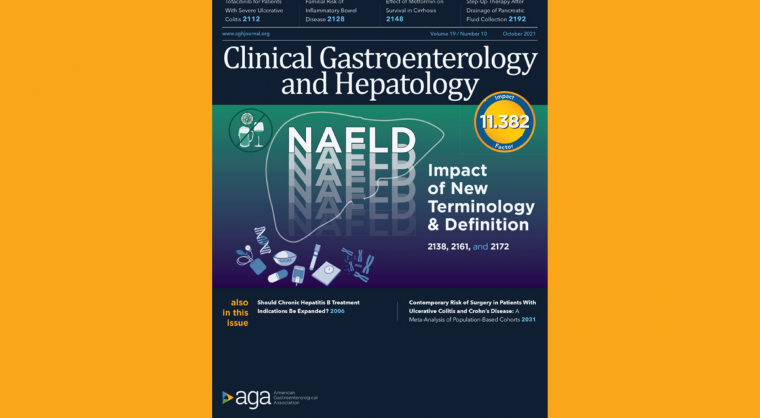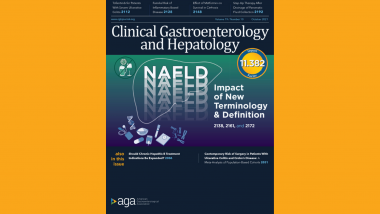AGA’s new Clinical Practice Update provides 14 best practice advice statements describing the current methodologies available to manage malignant alimentary tract obstructions (MATOs) as well as the evidence behind the various methods (including their efficacy and safety), indications and appropriate timing of interventions.
MATOs most commonly occur in the distal esophagus/gastric cardia, gastric outlet and colonic causing debilitating symptoms and result in life threatening emergencies if not dealt with promptly. AGA provides clear new practice advice to assist you in managing all MATO patients on a case-by-case basis.
Best practice advice statements:
- In all patients with alimentary tract obstruction, the decision about specific interventions should be made in a multidisciplinary setting and take into account the characteristics of the obstruction, patient’s expectations, prognosis, expected subsequent therapies and functional status.
- When managing patients presenting esophageal obstruction from esophageal cancer and are potential candidates for resection or chemoradiation, do not routinely insert a self-expanding metal stent (SEMS) without multidisciplinary review because of high rates of stent migration, higher morbidity and mortality, and potentially lower R0 resection rates.
- Consider enteral feeding tubes for patients with obstruction from esophageal cancer who are candidates for resection but there are concerns of malnutrition. Be aware of the potential risk of abdominal wall tumor seeding as well as making subsequent gastric conduit formation difficult with percutaneous endoscopic gastrostomy placement.
- When managing patients presenting esophageal obstruction from esophageal cancer who are not candidates for resection, consider either SEMS insertion or brachytherapy as sole therapy or in combination. Do not consider the use of laser therapy or photodynamic therapy because of the lack of evidence of better outcomes and superior alternatives.
To view the entire list of recommendations, read AGA Clinical Practice Update on the Optimal Management of the Malignant Alimentary Tract Obstruction: Expert Review published in the September issue of Clinical Gastroenterology and Hepatology.













